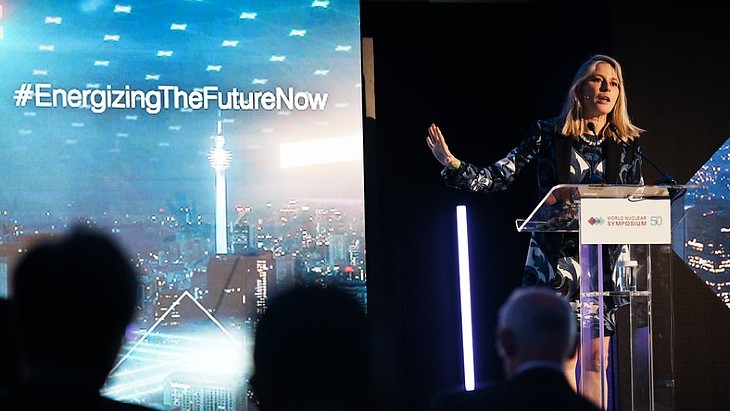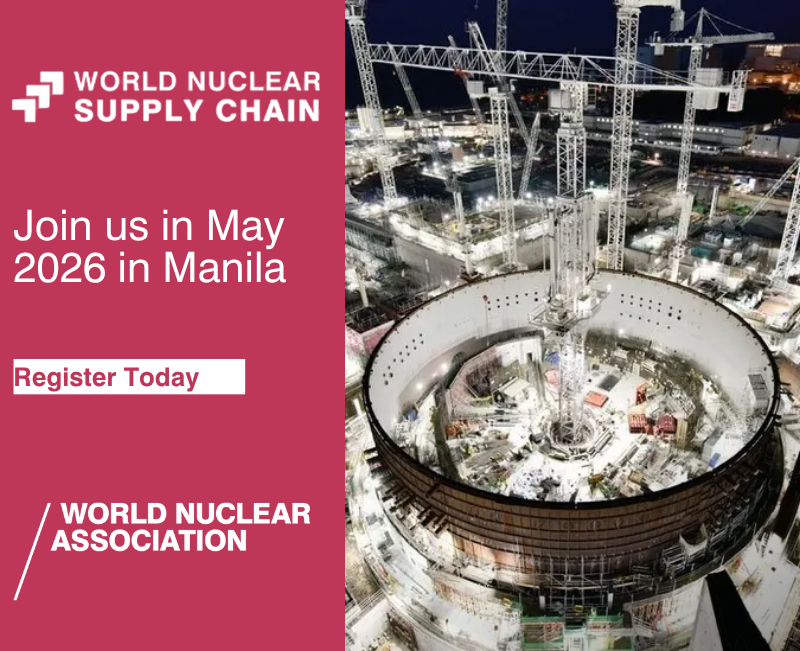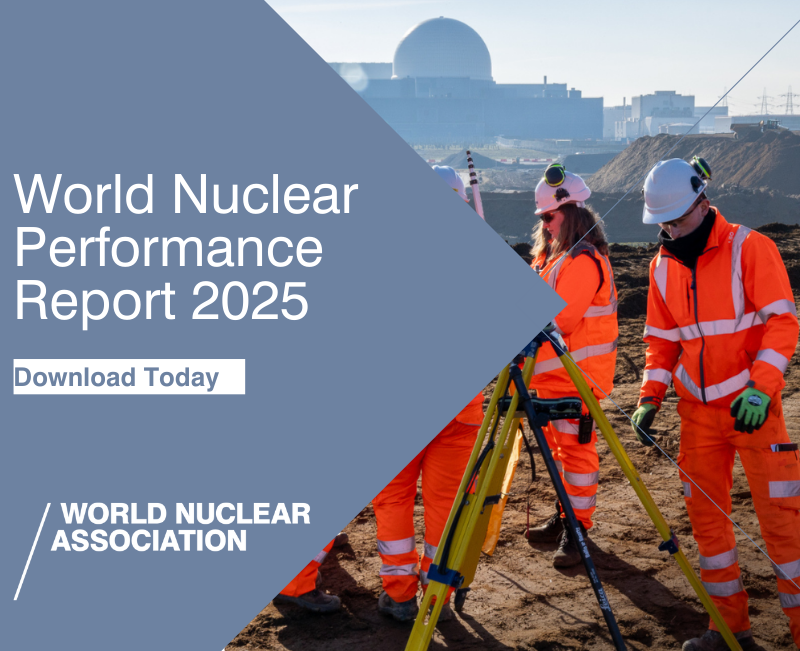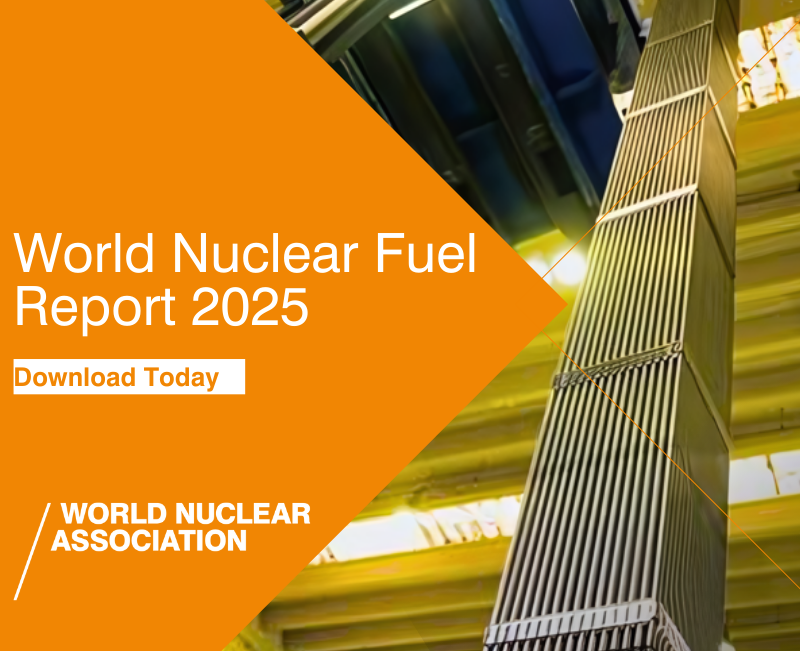In a circular signed on 2 October by Energy Secretary Sharon Garin, the Department of Energy (DOE) formally established the policy foundations for the Philippines' first commercially developed and operated nuclear power plant, designated as the Pioneer NPP.
Under the circular, the department said the Pioneer NPP will be treated as a baseload facility and granted priority dispatch in coordination with the DOE, the Independent Market Operator, and the System Operator, "regardless of the nuclear technology deployed". It said this "ensures a competitive investment environment for the Pioneer NPP, paving the way for further nuclear developments that will reinforce the country's long-term energy security".
Within 90 days of the circular's issuance, the DOE will explore government participation models and financing options in collaboration with the Department of Finance, Department of Economy, Planning, and Development, the Maharlika Investment Corporation, and other relevant agencies. At the same time, grid readiness will be prioritised to ensure seamless integration of nuclear power into the transmission system.
To support long-term financial viability, flexible contracting mechanisms such as auctions, direct contracting, or aggregation for industrial and economic zone use will be introduced. In parallel, the Energy Regulatory Commission, in consultation with stakeholders, will implement a Regulatory Asset Base (RAB)-type model or a similar capital recovery mechanism, anchored on minimum contract terms of 25 years, extendable for another 25 years.
Complementing these provisions, the Pioneer NPP will be automatically certified as an Energy Project of National Significance, giving it access to incentives and fast-track processing.
"This is more than just a policy document, it is an investment signal,” Garin said. "By establishing clear rules for nuclear integration, we are giving confidence to investors, partners, and stakeholders that the Philippines is ready to responsibly and strategically adopt nuclear energy as part of its clean energy transition. Nuclear will complement renewables by providing reliable, stable baseload capacity - ensuring that our economy has the energy security it needs to grow while meeting climate goals."
Nuclear ambitions
In response to the 1973 oil crisis, the Philippines decided to build the two-unit Bataan plant. Construction of Bataan 1 - a 621 MWe Westinghouse pressurised water reactor - began in 1976 and it was completed in 1984 at a cost of USD460 million. However, due to financial issues and safety concerns related to earthquakes, the plant was never loaded with fuel or operated. The plant has since been maintained. There have been several proposals over the years to either start up the plant or convert it to a gas-fired plant.
In March 2022, then President Rodrigo Duterte signed an executive order that outlined the government's position for the inclusion of nuclear energy in the Philippines' energy mix, taking into account economic, political, social and environmental objectives. The country aims to have its first nuclear power plants operational by 2032, with an initial capacity of 1,200 MW, expanding to 2,400 MW by 2035 and reaching 4,800 MW by 2050.

_75178.jpg)



_50545.jpg)
_40405.jpg)
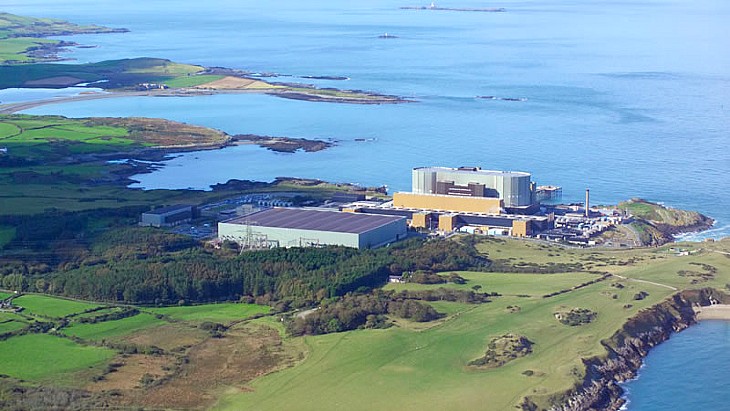

_76087_55556.jpg)
